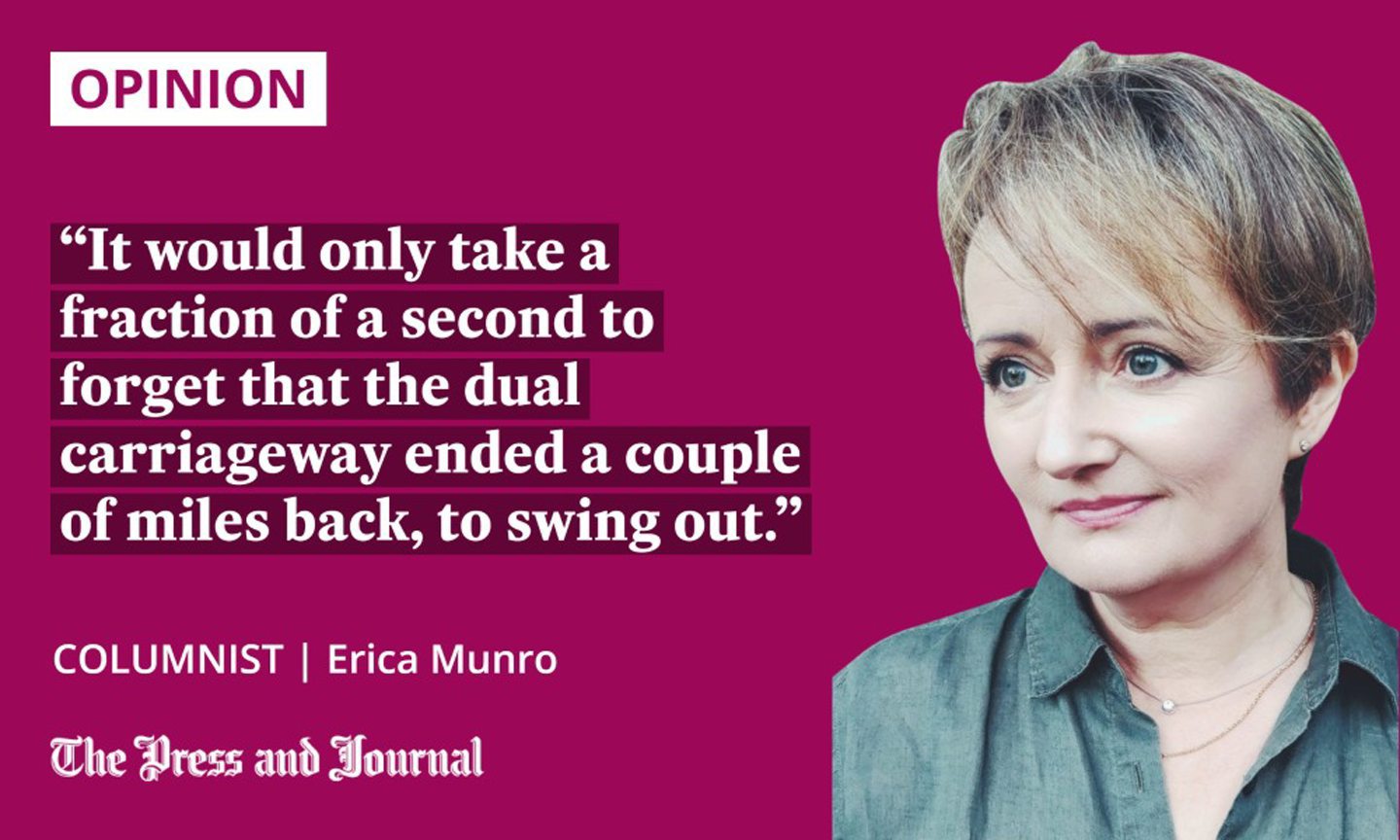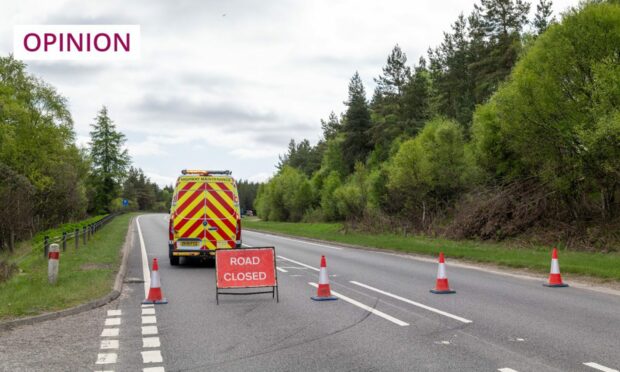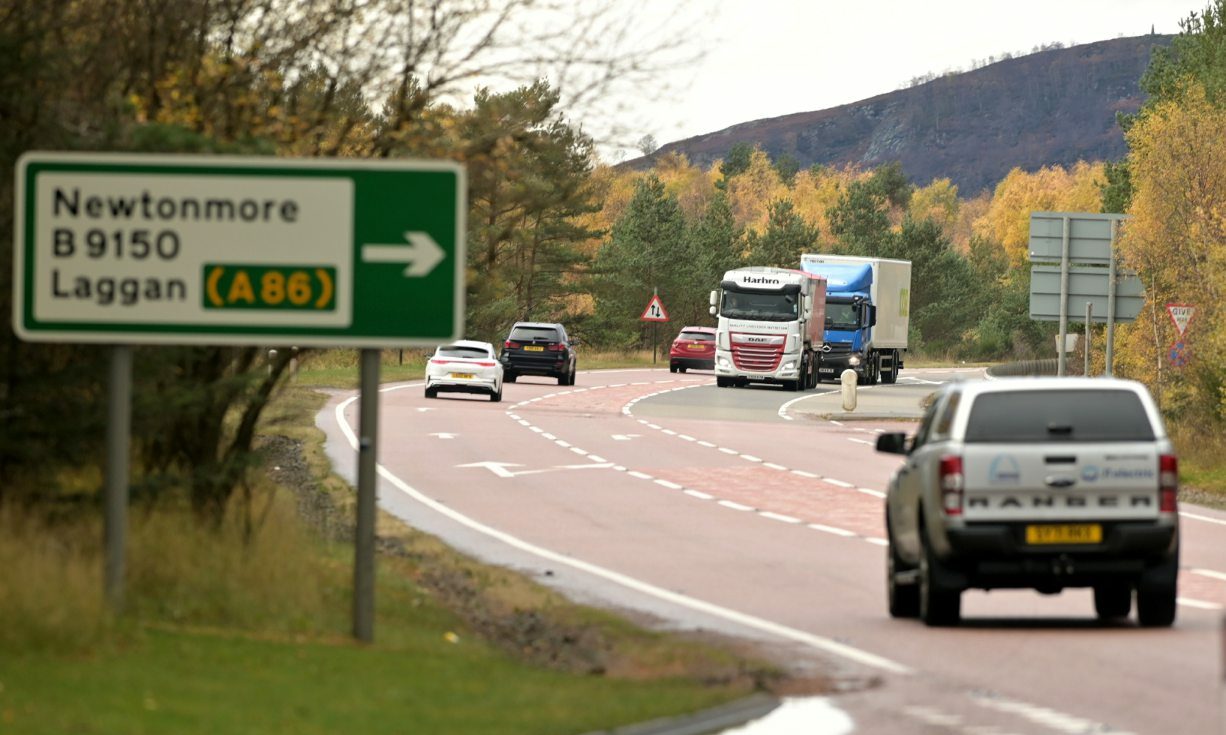Be honest – back in 2011 when the announcement was made, who actually believed that the dualling of the A9 between Inverness and Perth would be completed by 2025?
With 88 miles of highway to dual, much of it remote and isolated, it was beyond comprehension that the Scottish Government would manage to pull a stunt like that out of the bag. And it didn’t disappoint. So, there’s little point wasting energy on anger or finger-pointing. It is what it is, as they say.
I’ve been a regular up and down that road for 40 years and, these days, I find the A9 a far easier drive than in the past. Grudgingly, I accept that the arrival of those yellow average speed cameras has made a positive difference, reminding me to check the speedometer and lessening the urge to be a bit heavy on the welly boot. That urge is at its strongest on those long stretches of wilderness from the Slochd to Drumochter, where the radio runs out and the singing kicks in, where there’s nothing but tundra to see out the window and hours to go before I sleep.
The drive has definitely been more bearable since 2012, when the speed limit for lorries was raised from 40 to 50 miles per hour. The small increase means everyone can bumble up and down at a reasonable pace, rather than getting “caught” behind a lumbering juggernaut every couple of minutes, feeling pressurised to attempt to overtake if there’s a long, boiling queue in the rear-view mirror.

The small sections of road which have been newly dualled have made a big difference, too, particularly the one between Aviemore and Kingussie, which breaks up what was once a tortuous ordeal of crawling traffic. Now we can be more chill, knowing there’s a dual carriageway along in a few minutes; that bacon roll at Ballinluig not too far away.
So much for the improvements. It’s still a dangerous road which has seen too many tragic accidents, too much loss of life. I passed a fatal accident once, 30 years ago, discovering only later that I knew the victim’s family, and the trauma of that night remains with me. I still whisper a wee prayer when I pass the spot and I always will.
The A9 is such an iconic road for anyone from Inverness and above. It’s a majestic, lonely ribbon and is our main link to the rest of the country – no disrespect to Aberdeen intended.
It’s little wonder people get confused
We’ve all got our A9 war stories: snow gate closures, hold-ups, diversions, near misses, deer strikes, nodding-off…
Yes, all roads are dangerous. But the A9 has one quirk which takes that danger to a whole new level. And that is this: on the A9, you can be caught short at any moment with the sudden, panicked thought: “Wait, am I on the dual carriageway or not?”
I drove the road north yesterday after my daughter’s graduation, thinking about it. It was dreich out, but the journey was trouble-free and I swooped onto the long Drumochter dual carriageway, singing along to the cheesiest playlist ever curated.
That particular dual carriageway divides dramatically, and there are several stretches and bends where you can’t see the traffic going in the opposite direction. The landscape outside is, let’s be honest, pretty bleak, and some straights and bends are indistinguishable from others, further up or down, on non-dualled stretches.
It’s little wonder people get confused. Not only first-timers on the road, but also those of us who think we know the route by heart – the complacent, the slightly tired, the blethers, the loud singers, the parents of crotchety children in the back seat. It would only take a fraction of a second to forget that the dual carriageway ended a couple of miles back, to swing out.
A mishmash thrill-ride
Wouldn’t it be kind, pragmatic, forward-thinking, even, to throw up loads more signs along the route? Perhaps every half mile on both sides of the road, reminding us if it’s a dual carriageway or not? Yes, treat us like children, please and thanks! Give us a clue!
If the A9 is designed, as it currently is, to be a mishmash thrill-ride of alternating dual and non-dual carriageways, with nothing to distinguish which one we’re on in a few key places, surely there is some culpability on behalf of those who own the road when people get confused and accidents occur?
Nowadays, my children drive the A9 almost as often as me and, just as my mum did, I wait anxiously by the window for their safe arrival
Or – here’s a radical one – how about improving the railway line? I drive that road because it’s faster than taking the train, and that’s crazy in this day and age. Think of the business advantages to having Scotland’s cities swiftly linked, the pride, the fun, the opportunities…
Nowadays, my children drive the A9 almost as often as me and, just as my mum did, I wait anxiously by the window for their safe arrival, cheering when I hear the car. I hope they sing on the road, like I do. And I hope that, further down the line, their own children won’t have to ask themselves: “Wait, am I on the dual carriageway or not?”
Erica Munro is a novelist, playwright, screenwriter and freelance editor

